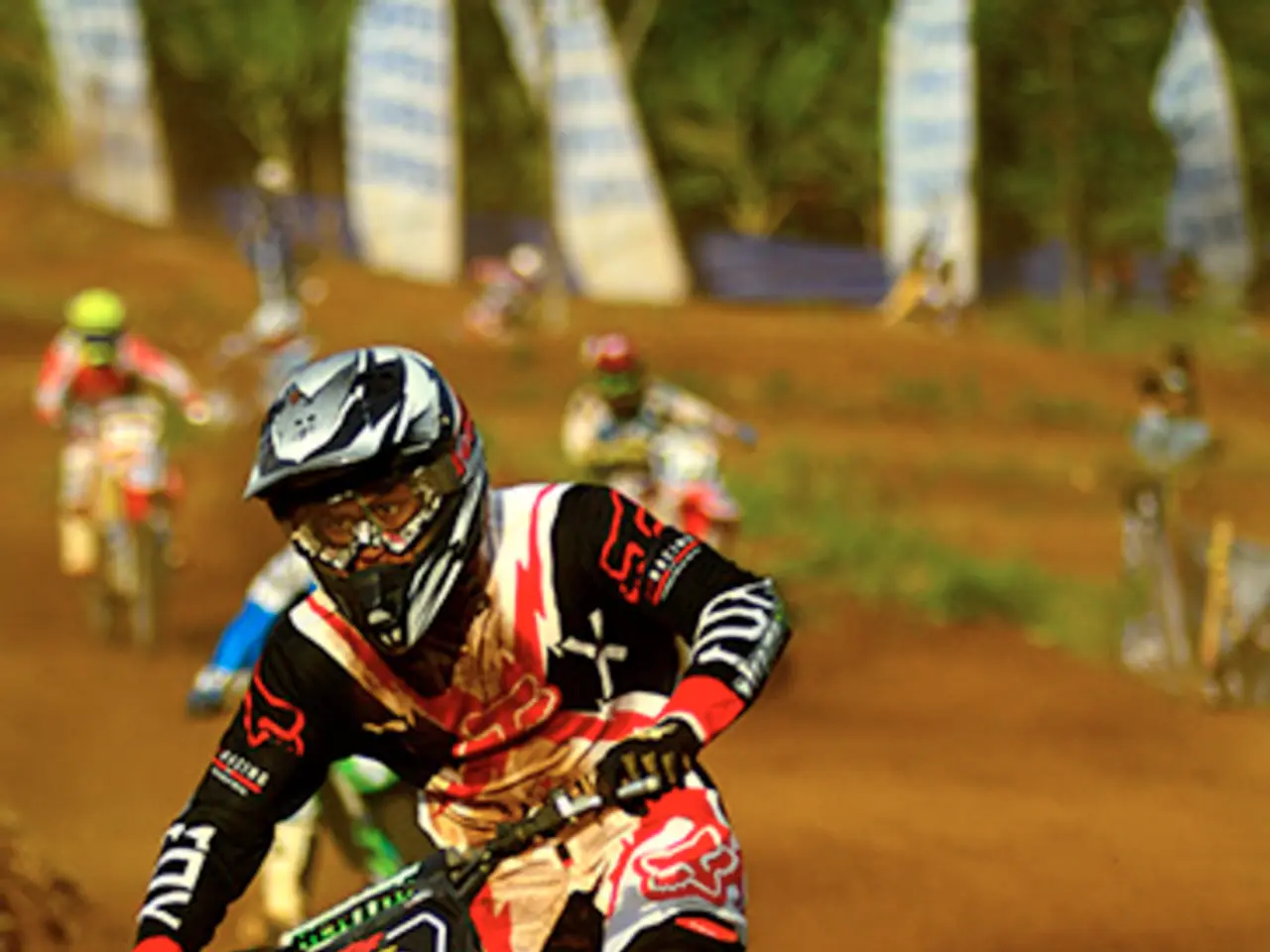Racing organizations prioritizing safety would indeed shift events to the digital realm, yielding online races.
Paris-Roubaix, a cycling race with a tradition dating back to the century before last, continues to captivate audiences with its real-world conditions that provide a spectacle not replicable in simulated environments. The race, known for its challenging terrain and unpredictable weather, tests the mettle of riders and showcases the unique combination of competition and cooperation in cycling.
However, the sport of road racing, with its inherent dangers, is a risky one. It involves packing multiple people on unstable machines, high speeds, open roads, and various obstacles. Ongoing safety concerns include high-speed crashes, head injuries, aggressive riding styles, and delayed medical response after accidents.
In an effort to address these concerns, cycling authorities and teams have implemented several measures. Helmet use and protective gear are mandatory under certain conditions and play a crucial role in reducing head injuries. The UCI is also rolling out GPS trackers worn by riders during races to enable race officials and medical teams to identify and respond quickly to crashes.
Maximum gearing limits and equipment regulations have been proposed to reduce top speeds and enhance control. Crash detection technology proposals, such as integrating shock-detection sensors into helmets, aim to alert officials of severe impacts that could cause concussions, enabling immediate evaluation after crashes. Enforcement of racing conduct rules, including issuing penalties for reckless riding, aims to control aggressive behavior in the peloton.
Michael Hutchinson, a multiple national champion on the bike and award-winning author, writes for Cycling Weekly every week. In a recent article, he expressed his concern about the balance between tradition and safety in road racing. He believes that more attention should be given to safety, rather than tradition and vicarious adrenaline rushes.
Despite these concerns, some fans enjoy watching race crashes, even compilations on YouTube. A fan, in a conversation with WorldTour riders, acknowledged enjoying crashes "as long as it's an appropriate amount." The speaker suggests that cycling should not become so sanitized that it feels like it's happening online.
The attraction of risk is a factor in road racing, as the thrill of watching riders take risks, such as Tom Pidcock descending on a knife edge, may be lessened in a simulated environment. However, the risk in road racing cannot be contained to avoid "really bad outcomes" from crashes.
As the sport continues to evolve, it will be interesting to see how it balances the thrill of competition with the need for safety. The ongoing efforts to improve rider protection and rapid incident response are a positive step towards ensuring the safety of the riders and the continued enjoyment of the sport by fans.
Sports like road racing, with their inherent risks and high-speed challenges, captivate audiences with a thrill not easily replicated in simulated environments. Yet, the unique set of risks, including crashes, aggressive riding styles, and delayed medical response, necessitate constant safety measures.
Ongoing improvements, such as mandatory helmet use, GPS trackers, maximum gearing limits, and enhanced safety regulations, aim to strike a balance between the allure of danger and the necessity of rider protection in road racing.







